Home>Gardening & Outdoor>Landscaping Ideas>What Happens If You Don’t Pick Up Grass Clippings
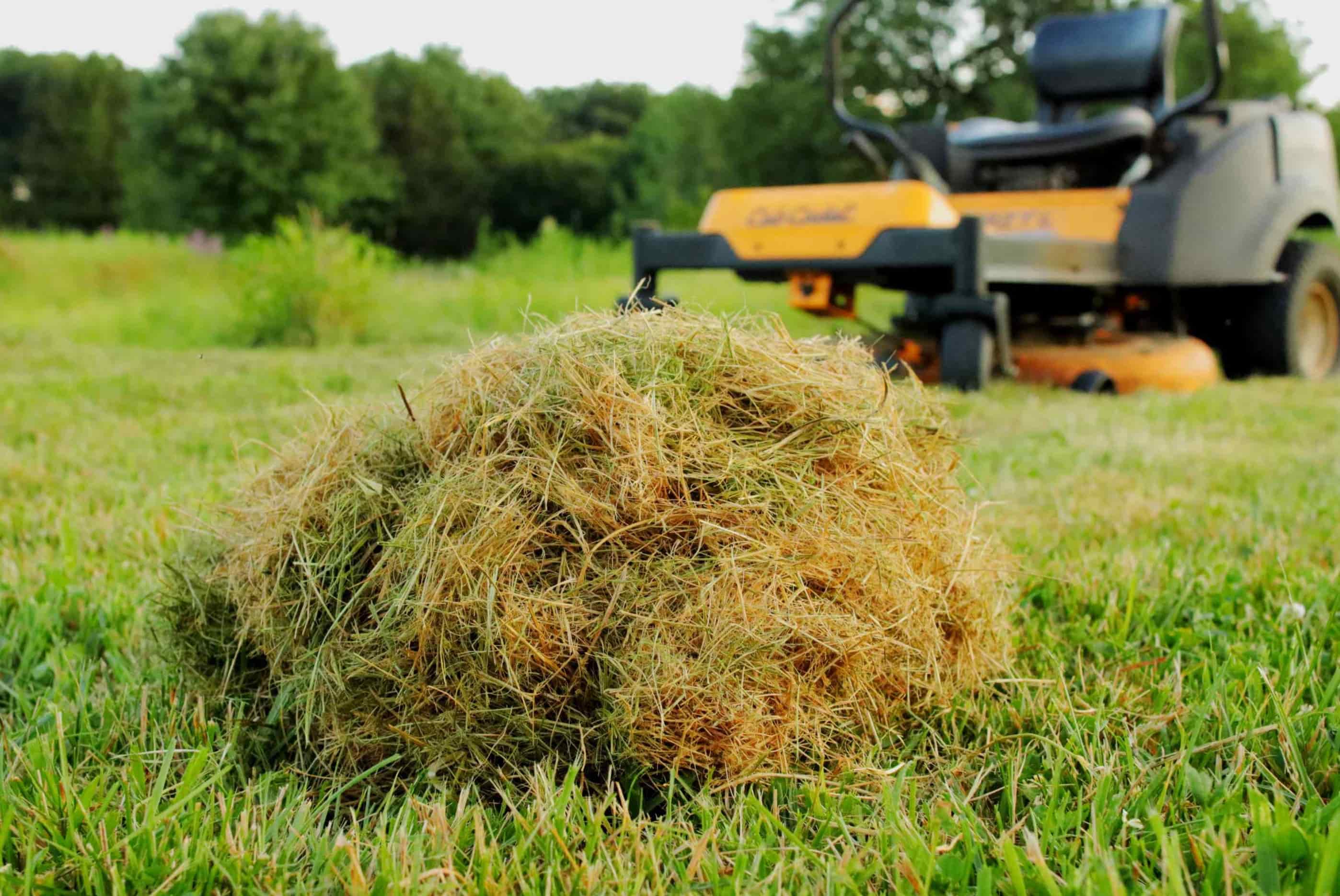

Landscaping Ideas
What Happens If You Don’t Pick Up Grass Clippings
Modified: August 27, 2024
Discover the impact of leaving grass clippings on your lawn. Learn how to manage clippings for a healthier, more vibrant yard with these landscaping ideas.
(Many of the links in this article redirect to a specific reviewed product. Your purchase of these products through affiliate links helps to generate commission for Storables.com, at no extra cost. Learn more)
Introduction
When it comes to maintaining a lush and healthy lawn, the question of whether to leave or remove grass clippings often arises. The practice of leaving grass clippings on the lawn after mowing, known as grasscycling, has been a topic of debate among homeowners and lawn care enthusiasts. Some believe that leaving clippings on the lawn can provide essential nutrients, while others argue that it can lead to thatch buildup and hinder the overall health of the grass. In this article, we will explore the benefits and downsides of leaving grass clippings, the impact on lawn health, environmental considerations, and alternative methods for managing clippings. By understanding the implications of this common lawn care practice, you can make an informed decision that aligns with your lawn maintenance goals. Let's delve into the details and unravel the mysteries behind the age-old question of what happens if you don't pick up grass clippings.
Key Takeaways:
- Leaving grass clippings on the lawn can provide essential nutrients, retain moisture, and save time, promoting a healthy and sustainable lawn care approach.
- Homeowners have options like mulching, composting, and strategic mowing techniques to manage grass clippings, balancing lawn health, aesthetics, and environmental responsibility.
Read more: What Happens To Grass If You Dont Cut It
Benefits of Leaving Grass Clippings
Leaving grass clippings on the lawn can offer several advantages that contribute to the overall health and appearance of the turf. Here are some key benefits:
- Nutrient Recycling: Grass clippings are rich in nutrients, including nitrogen, potassium, and phosphorus. When left on the lawn, these clippings decompose and release valuable nutrients back into the soil, acting as a natural fertilizer for the grass.
- Moisture Retention: Clippings can help retain moisture in the soil, reducing the need for frequent watering, especially during hot and dry periods. This can contribute to water conservation and promote a more resilient lawn.
- Organic Matter Addition: Decomposing grass clippings add organic matter to the soil, improving its structure and fertility. This organic matter can enhance soil aeration, drainage, and microbial activity, fostering a healthy root environment for the grass.
- Time and Effort Savings: By leaving clippings on the lawn, you can save time and effort that would otherwise be spent bagging and disposing of the clippings. This can streamline the mowing process and make lawn maintenance more efficient.
Overall, the practice of leaving grass clippings on the lawn promotes a sustainable approach to lawn care, harnessing the natural benefits of the clippings to support a thriving and vibrant turf.
Downsides of Leaving Grass Clippings
While leaving grass clippings on the lawn offers various benefits, there are also potential downsides to consider. Understanding these drawbacks can help you make an informed decision about your lawn care practices. Here are some of the key downsides of leaving grass clippings:
- Thatch Accumulation: One of the primary concerns associated with leaving grass clippings is the potential for thatch buildup. Thatch is a layer of partially decomposed organic matter that forms at the soil surface. Excessive thatch can impede water, air, and nutrient movement in the soil, leading to turf stress and reduced vigor.
- Appearance: Some homeowners may be concerned about the aesthetic impact of visible grass clippings on the lawn. Clippings that are not finely shredded or distributed evenly can create an unkempt appearance, especially on highly visible areas of the lawn.
- Seedling Suppression: In certain situations, such as when reseeding or overseeding the lawn, leaving grass clippings may hinder the germination and establishment of new grass seedlings. The layer of clippings can create a barrier that interferes with seed-to-soil contact and reduces the success of seeding efforts.
- Weed Seeds and Pests: If the lawn harbors weed seeds or pest insects, leaving grass clippings in place can inadvertently contribute to the spread of weeds and pests. This can pose challenges for maintaining a weed-free and pest-resistant lawn.
By recognizing these potential downsides, homeowners can weigh the pros and cons of leaving grass clippings and determine the most suitable approach for their specific lawn care needs and goals.
Impact on Lawn Health
The impact of leaving grass clippings on the lawn extends to its overall health and vitality. Understanding how this practice influences the well-being of the turf is essential for making informed decisions about lawn care. Here’s a closer look at the impact of leaving grass clippings on lawn health:
When grass clippings are left on the lawn, their decomposition process plays a crucial role in nutrient cycling and soil enrichment. As the clippings break down, they release essential nutrients, such as nitrogen, back into the soil. This natural fertilization contributes to the overall nutrition of the grass, promoting healthy growth and vigor. Additionally, the organic matter from decomposing clippings enriches the soil, enhancing its structure and fertility, which is beneficial for the development of robust and resilient turf.
However, it’s important to manage the decomposition rate of grass clippings to prevent thatch accumulation, as excessive thatch can hinder the movement of water, air, and nutrients in the soil, potentially leading to stress and reduced health of the turf. Proper mowing techniques, such as ensuring that grass clippings are finely shredded and evenly distributed, can help mitigate the risk of thatch buildup while still harnessing the benefits of leaving clippings on the lawn.
Furthermore, the moisture retention provided by grass clippings can help create a more favorable microclimate for the grass, especially during periods of heat and drought. By reducing moisture evaporation from the soil surface, the presence of clippings can contribute to improved water efficiency and resilience in the lawn, supporting its overall health and vitality.
In essence, the impact of leaving grass clippings on lawn health is a dynamic interplay of nutrient recycling, soil enrichment, and moisture retention. When managed effectively, this practice can contribute to the long-term well-being of the turf, fostering a thriving and resilient lawn.
Leaving grass clippings on the lawn can help return nutrients to the soil, reduce the need for fertilizer, and improve the health of the grass. It’s called “grasscycling” and can benefit your lawn and the environment.
Environmental Impact
Leaving grass clippings on the lawn not only influences the health and appearance of the turf but also has environmental implications that are worth considering. Understanding the environmental impact of this common lawn care practice can shed light on its broader significance. Here’s a closer look at the environmental considerations associated with leaving grass clippings:
One of the primary environmental benefits of leaving grass clippings is the reduction of green waste. By allowing the clippings to decompose on the lawn, homeowners can minimize the volume of organic material being sent to landfills, contributing to waste reduction and sustainable resource management. This aligns with the principles of environmental responsibility and conservation, promoting a more eco-friendly approach to lawn maintenance.
Furthermore, the natural decomposition of grass clippings on the lawn contributes to nutrient cycling and soil enrichment, reducing the reliance on synthetic fertilizers. This can have positive implications for water quality, as it mitigates the potential for nutrient runoff from fertilized lawns, which can adversely impact water ecosystems. By harnessing the natural fertility of grass clippings, homeowners can support a more environmentally friendly and sustainable lawn care regimen.
Additionally, the moisture retention provided by leaving grass clippings on the lawn can contribute to water conservation. By reducing the need for frequent irrigation and promoting soil moisture retention, this practice aligns with efforts to conserve water resources, especially in regions prone to drought and water scarcity.
However, it’s important to be mindful of potential environmental challenges associated with leaving grass clippings, such as the inadvertent spread of weed seeds and pests. While the environmental benefits are significant, homeowners should strive to balance them with proactive weed and pest management strategies to minimize potential ecological disruptions.
By recognizing the environmental impact of leaving grass clippings on the lawn, homeowners can embrace a holistic approach to lawn care that not only nurtures the health and beauty of their turf but also aligns with environmentally conscious practices, contributing to a more sustainable and eco-friendly outdoor environment.
Read more: What Happens If You Touch Grass
Alternatives to Leaving Grass Clippings
For homeowners who prefer not to leave grass clippings on the lawn or who encounter challenges associated with this practice, there are alternative approaches to managing clippings that can support a healthy and attractive lawn. Here are some viable alternatives to consider:
- Grasscycling with a Mulching Mower: Utilizing a mulching mower can finely shred grass clippings and disperse them back onto the lawn, promoting rapid decomposition and nutrient recycling. Mulching mowers are designed to effectively process clippings, reducing their visibility and minimizing the risk of thatch buildup.
- Bagging and Composting: Bagging grass clippings and composting them can be an effective way to manage clippings while harnessing their nutrient value. Composted grass clippings can be used as a natural soil amendment and organic fertilizer, enriching the garden soil and supporting plant growth.
- Grasscycling on Non-Turf Areas: If leaving clippings on the lawn is not feasible, utilizing grass clippings as mulch in garden beds or around trees and shrubs can provide valuable organic matter and weed suppression benefits. This allows the clippings to contribute to soil health and plant growth in non-turf areas.
- Adjusting Mowing Frequency and Height: By mowing the lawn at the appropriate height and frequency, homeowners can minimize the volume of grass clippings produced. Adjusting the mowing schedule and maintaining the grass at an optimal height can reduce the need for extensive grass clipping management.
Exploring these alternatives provides homeowners with flexibility in managing grass clippings, allowing them to align their lawn care practices with their specific preferences and circumstances. Whether through mulching, composting, or strategic mowing techniques, there are diverse options available to effectively address the challenges and considerations related to grass clipping management.
Conclusion
As the age-old debate of leaving grass clippings on the lawn unfolds, it becomes evident that this practice encompasses a spectrum of benefits, downsides, and environmental implications. By embracing a holistic perspective on lawn care, homeowners can navigate the nuances of grass clipping management and make informed decisions that align with their goals for a healthy, vibrant lawn.
The benefits of leaving grass clippings, such as nutrient recycling, moisture retention, and time savings, underscore the potential advantages of harnessing the natural fertility and organic matter provided by the clippings. When managed effectively, this practice can contribute to the long-term health and resilience of the turf, promoting a sustainable and eco-friendly approach to lawn maintenance.
However, it’s essential to acknowledge the potential downsides, such as thatch accumulation and aesthetic concerns, as well as the environmental considerations associated with leaving grass clippings. By understanding these complexities, homeowners can explore alternative approaches, such as mulching, composting, and strategic mowing techniques, to address the challenges and achieve a balance between lawn health, aesthetics, and environmental responsibility.
In essence, the decision of whether to leave or remove grass clippings is a personalized choice that hinges on individual preferences, lawn care objectives, and environmental consciousness. By weighing the trade-offs and embracing adaptable lawn care practices, homeowners can cultivate a thriving and sustainable lawn that reflects their commitment to both aesthetic appeal and environmental stewardship.
Ultimately, the enigma of grass clippings unfolds as a multifaceted tapestry, inviting homeowners to embark on a journey of thoughtful lawn care stewardship, where the interplay of nature, sustainability, and personal choices converges to nurture the beauty and vitality of the outdoor environment.
Frequently Asked Questions about What Happens If You Don't Pick Up Grass Clippings
Was this page helpful?
At Storables.com, we guarantee accurate and reliable information. Our content, validated by Expert Board Contributors, is crafted following stringent Editorial Policies. We're committed to providing you with well-researched, expert-backed insights for all your informational needs.
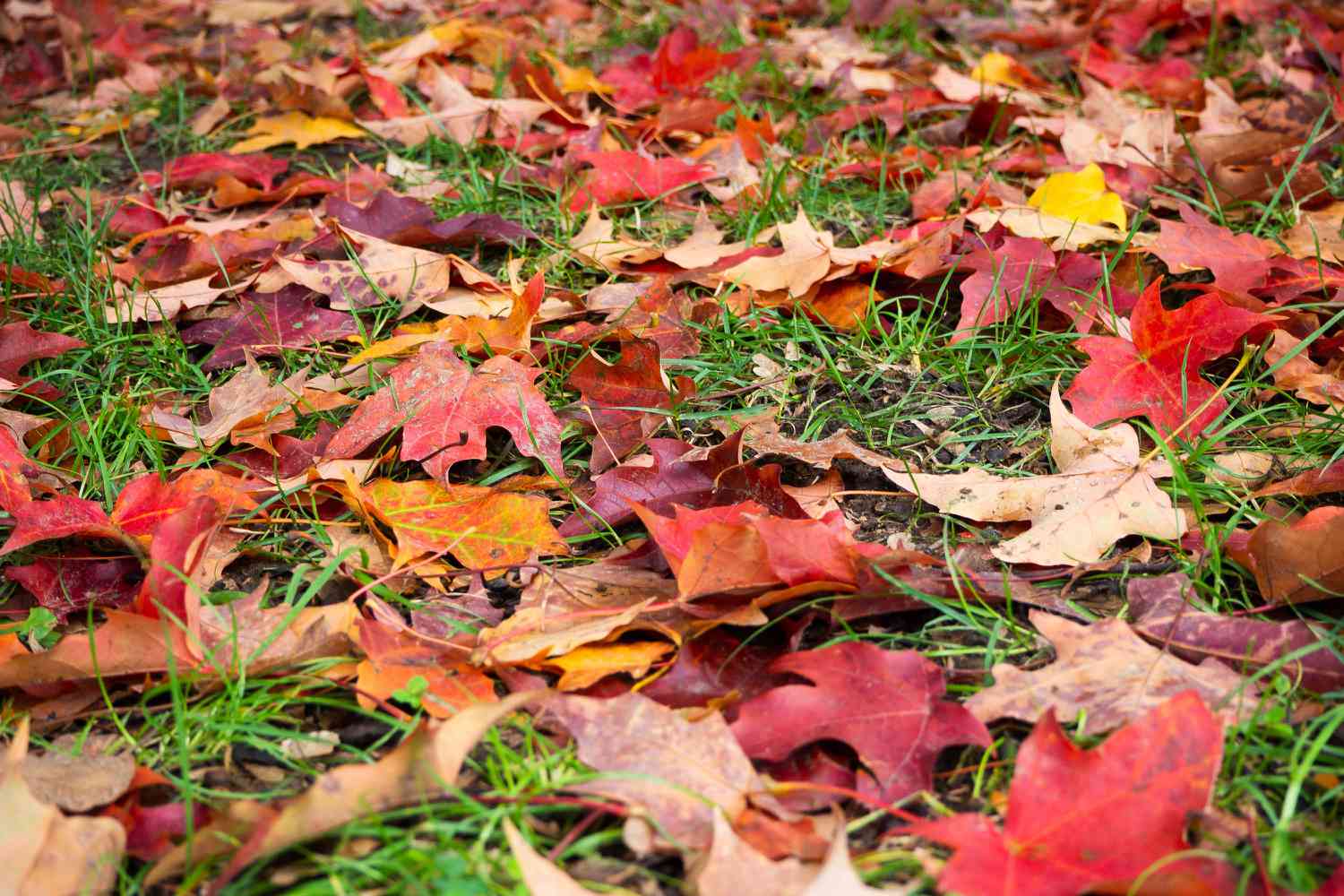
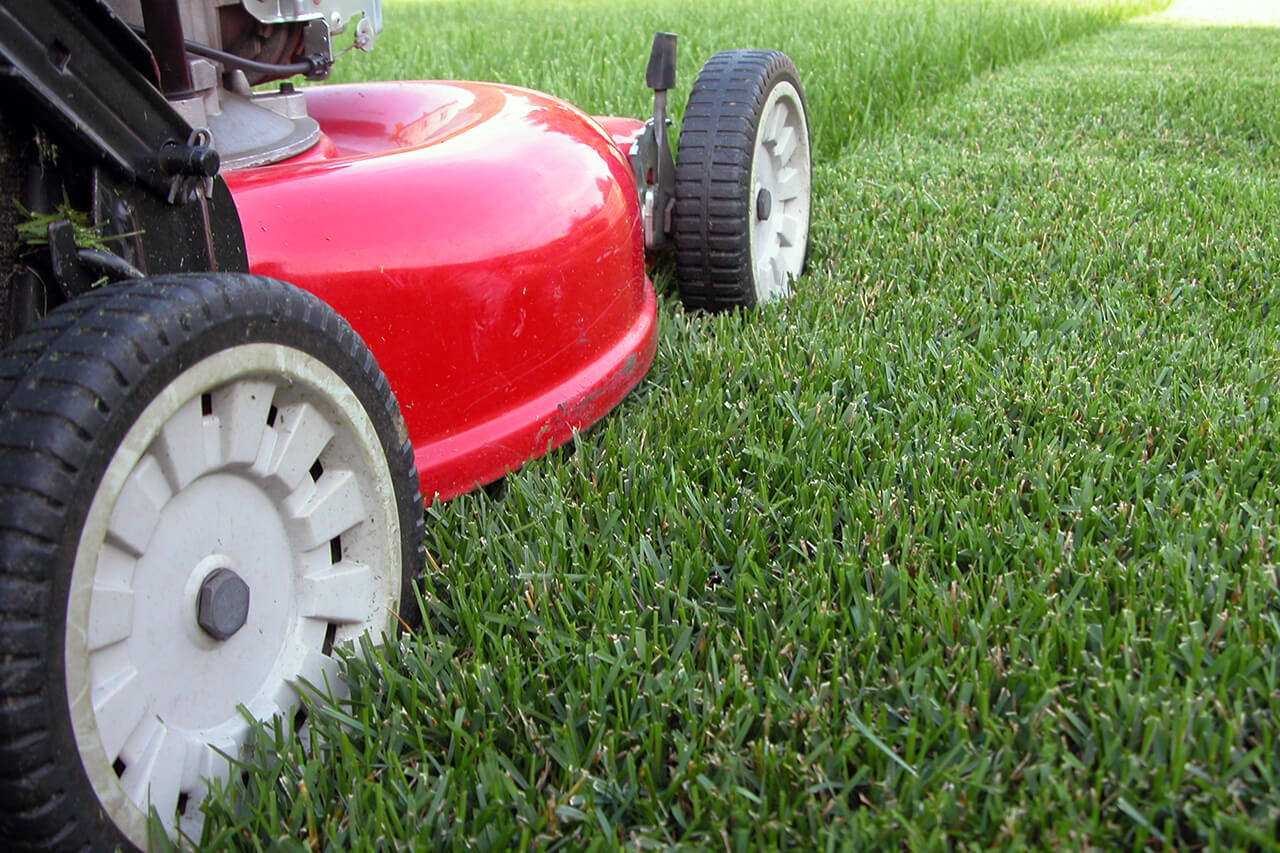
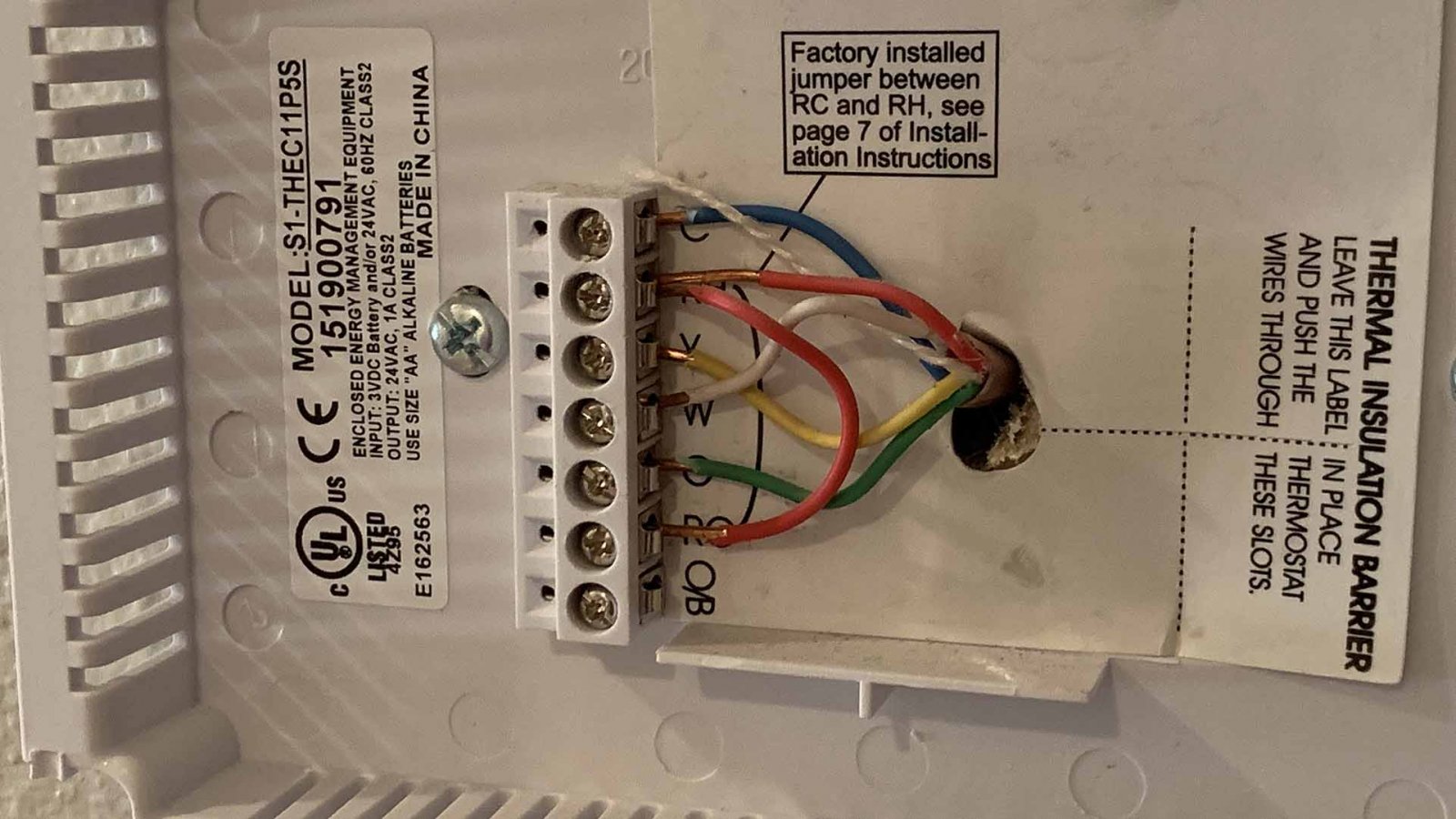
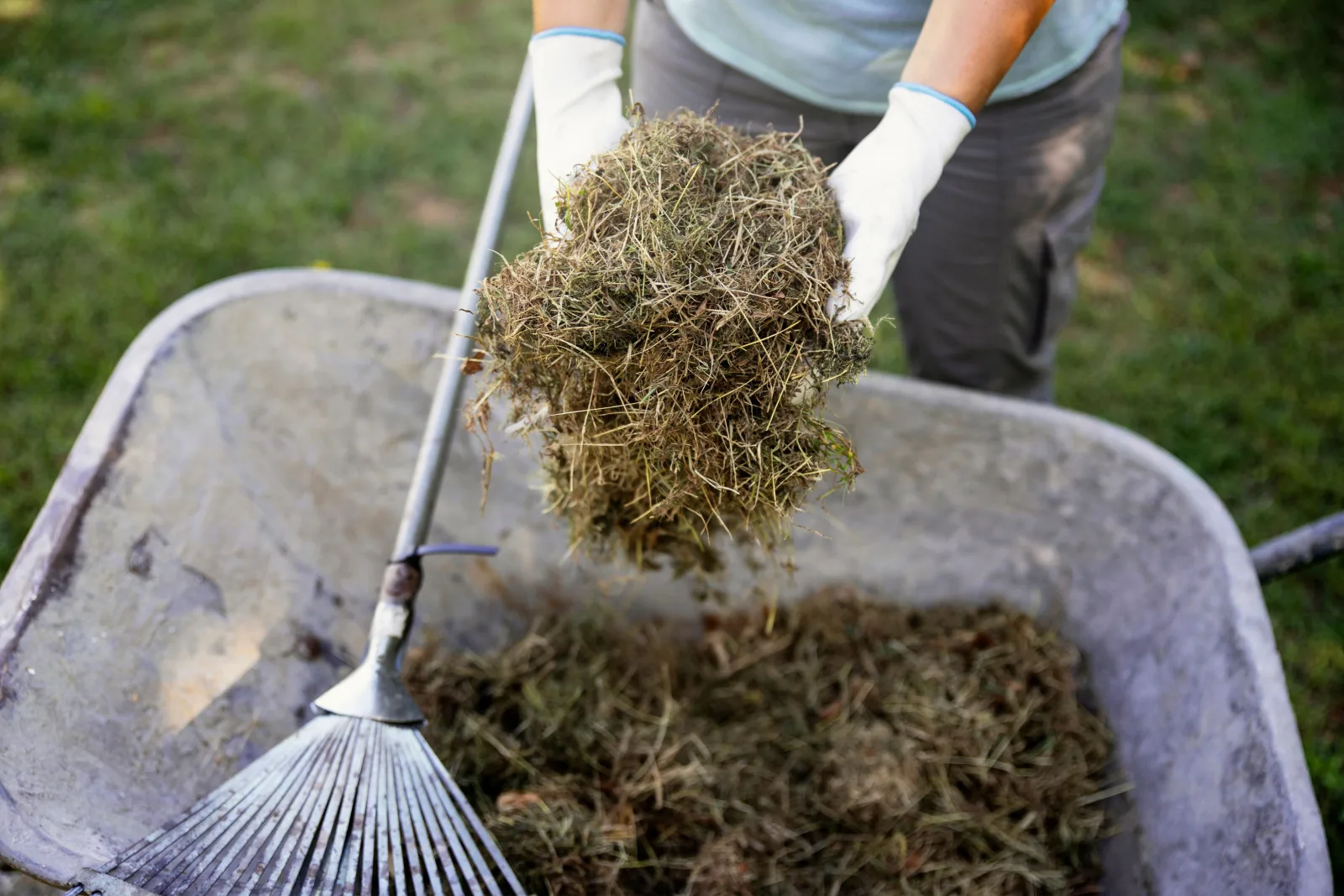

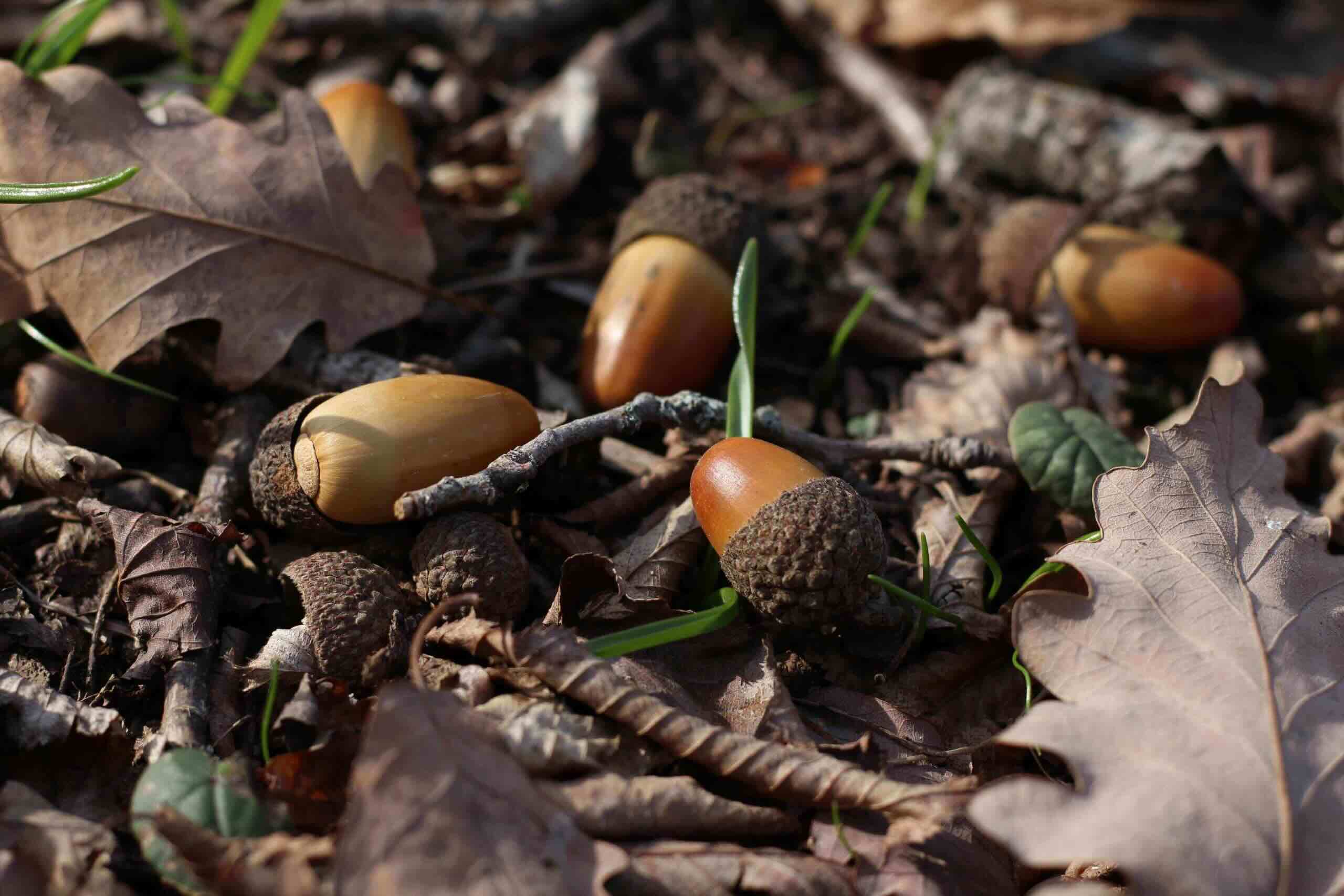
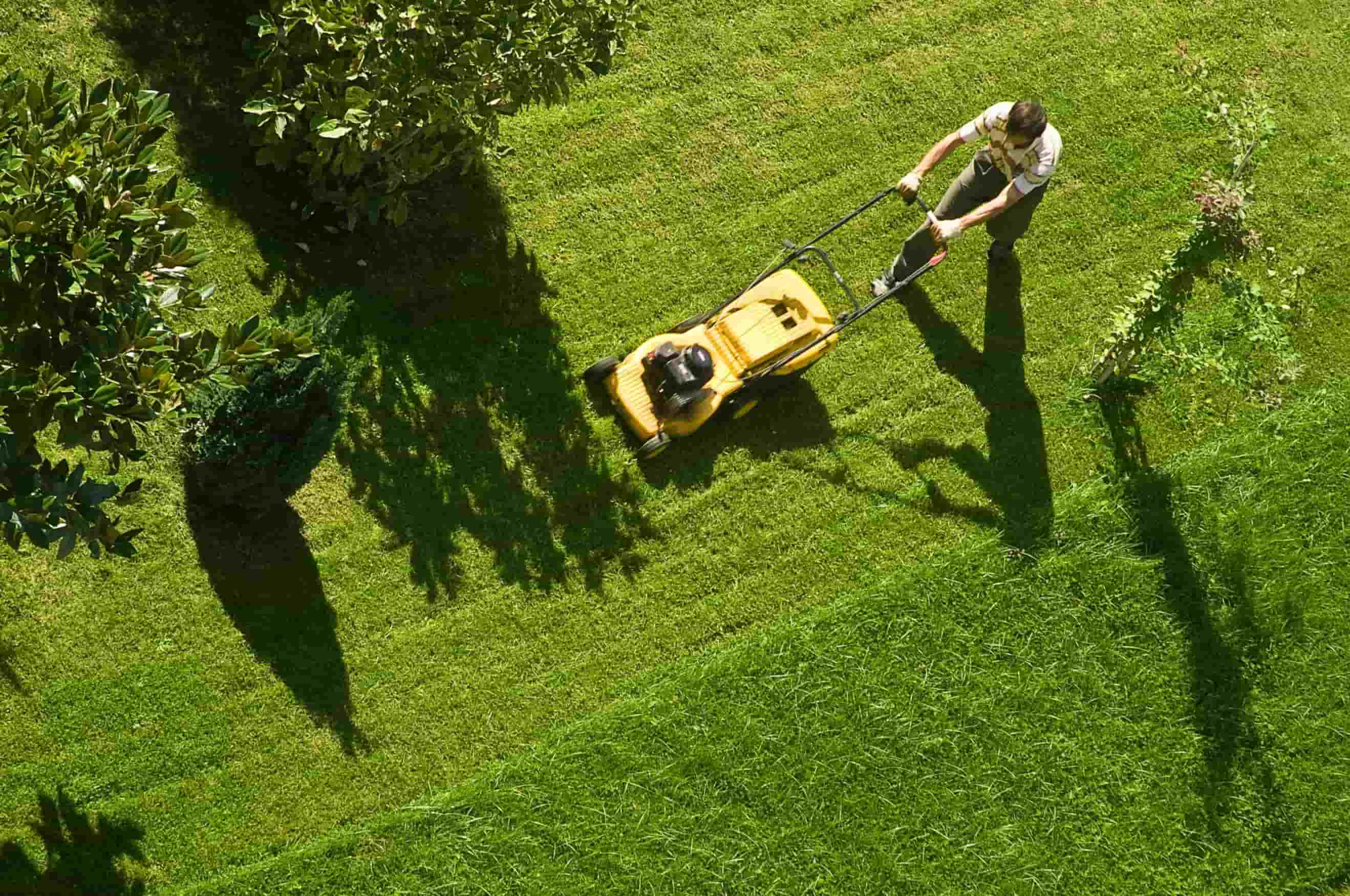
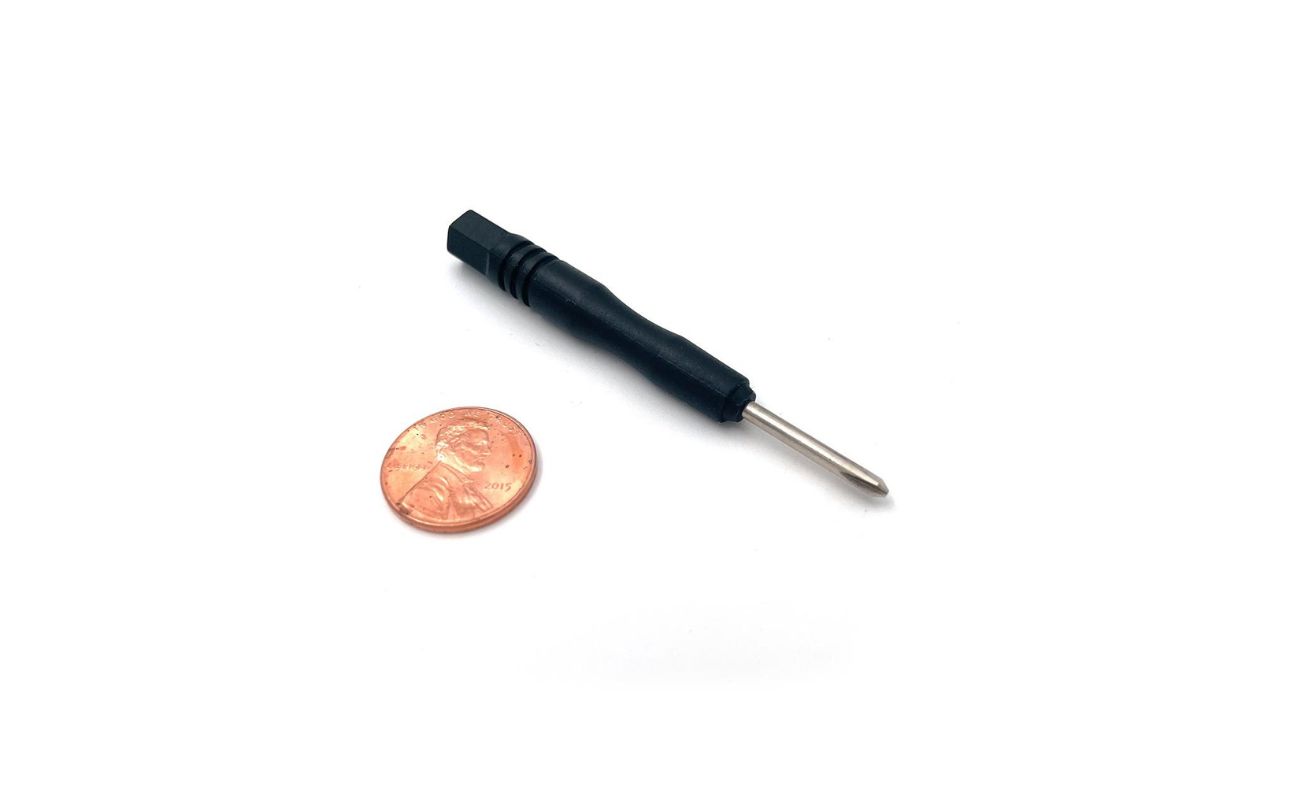
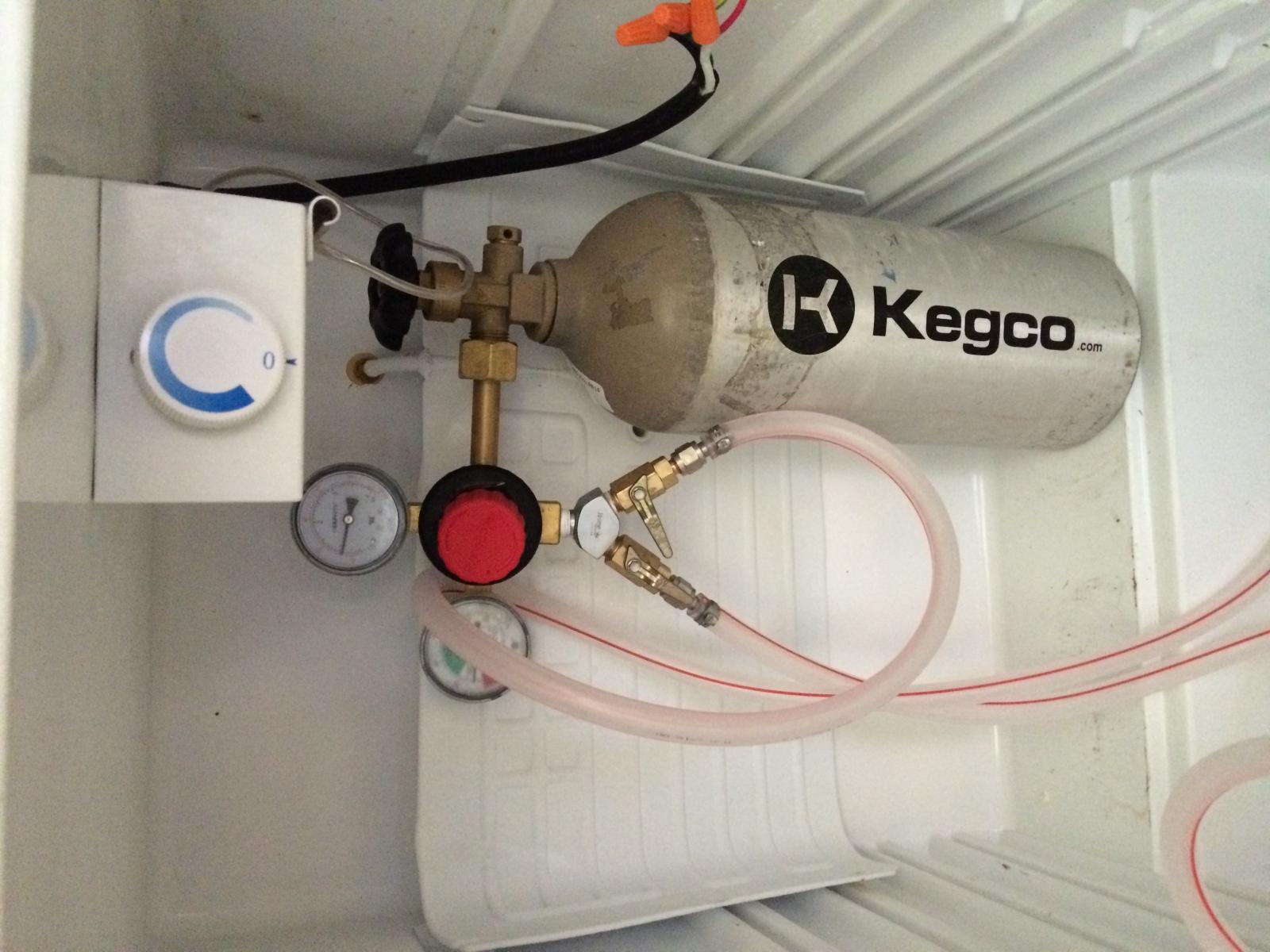

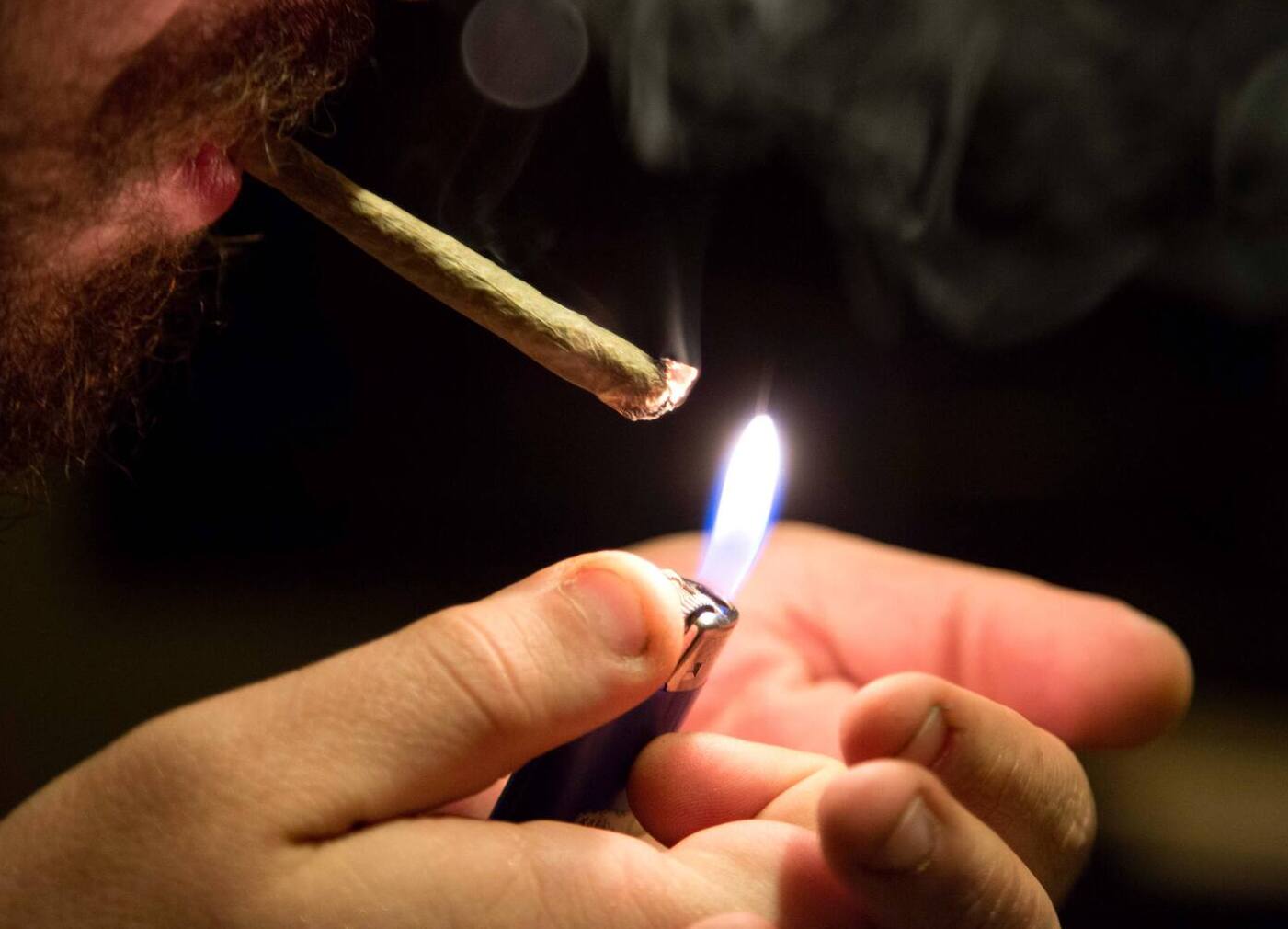
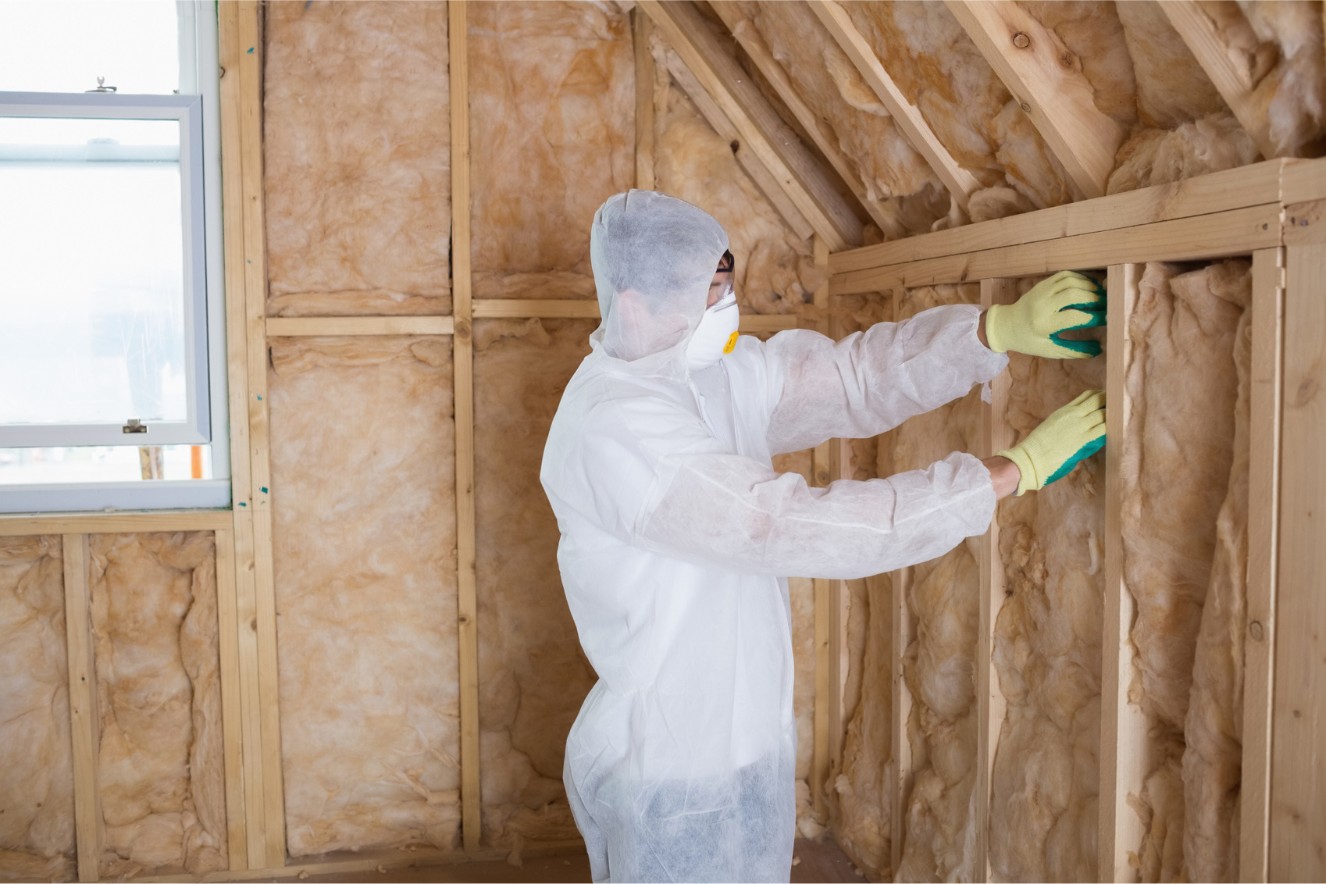

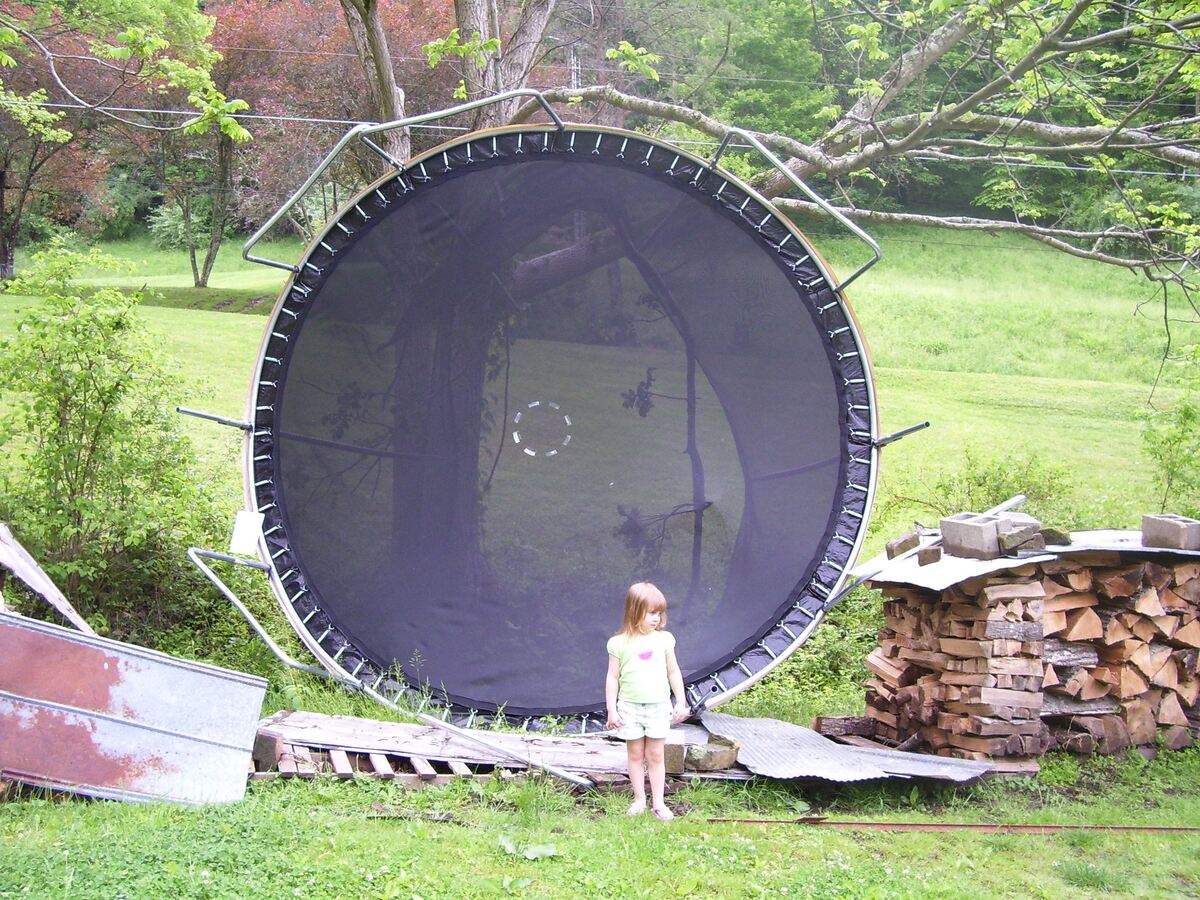

0 thoughts on “What Happens If You Don’t Pick Up Grass Clippings”